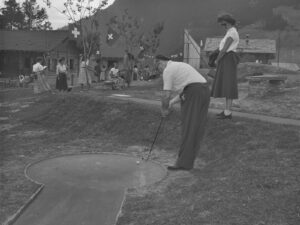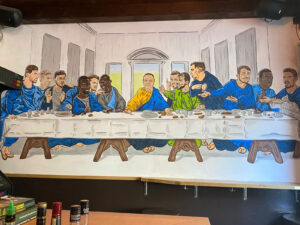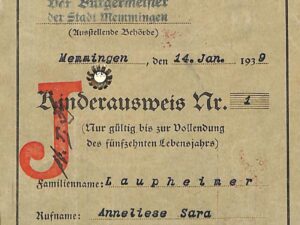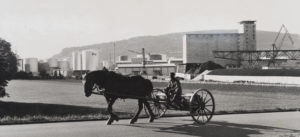
Swiss National Museum / Edith Bader-Rausser
Female focus
In the history of professional photography, there are fewer well-known female photographers than male ones. There have, of course, been more male photographers overall, but this has also been due in part to social convention.
In our historical narrative, we’ve seen much less of the work of female photographers, because often they’ve collaborated as spouses in the photographic work of their husbands – work that was released under his name and is thus remembered as his work. This is also the case when, as a widow, a female photographer has continued the business of her deceased partner, a type of business model that proliferated in the 19th century and the first half of the 20th century. Or these women undertook professional training as photographers and then worked in their chosen profession, but gave up their career ambitions when they started a family. As a result, much of this body of work was quickly forgotten. This was often the way in the second half of the 20th century.
A good example is Edith Bader-Rausser. She was born in January 1930 and grew up in Bern. After an apprenticeship as a photographer with her older brother Fernand Rausser (1926-2016), she worked in the Basel area from around 1950 to 1965. She was given assignments by various technical companies, such as Brown Boveri, the Swiss Federal Railways and Sauter AG. For these clients, she photographed industrial buildings or individual products. Edith Bader-Rausser’s pictures were printed in company brochures, magazines and daily newspapers. Her features on the vaccination campaign against poliomyelitis and the children in the Basel orphanage making bundles of Fasnacht (Basel carnival) flyers are of cultural and historic importance.
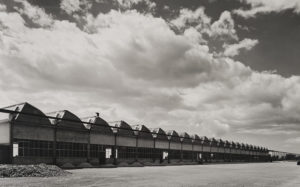
SBB track superstructure factory in Hägendorf, Solothurn, 1959.
Swiss National Museum / Edith Bader-Rausser
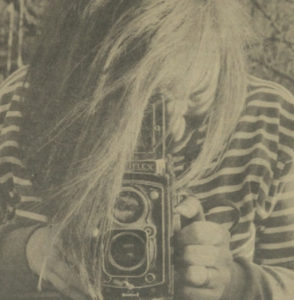
Edith Bader-Rausser in action.
Photo: Peter Bader
In connection with the publication of a book about the Canton of Basel-Landschaft, in the late 1950s a lot of pictures by Bader-Rausser emerged of a rural Switzerland which had been little documented photographically up to then because it was not a typical tourist destination. She photographed villages, farming and traditional activities such as Heimposamenterei, a term used for professional weaving at home. The photographer also turned her lens on the more obscure industries in Basel-Landschaft. Of particular note among these images are features on the textile firm Hanro in Liestal, and Bader-Rausser’s pictures of the Revue watch factory in Waldenburg. With striking images, Bader-Rausser brought to vivid life the contrast between tradition and modernity.
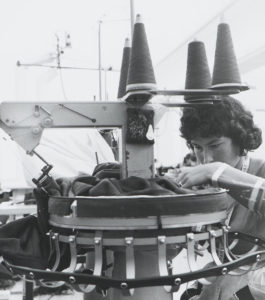
Worker on the linking machine at the Hanro factory in Liestal.
Swiss National Museum / Edith Bader-Rausser
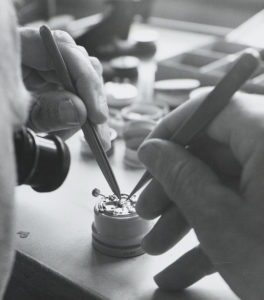
Watch factory, Waldenburg, 1959.
Swiss National Museum / Edith Bader-Rausser
Then she married Basel photographer Peter Bader (1922-2007), started a family and raised the couple’s children. Her husband worked as a freelance photographer and illustrator, playing the role of breadwinner for the family. Because Edith Bader-Rausser considered her role to be mother and heart of the family, her photographic work gradually took a back seat.
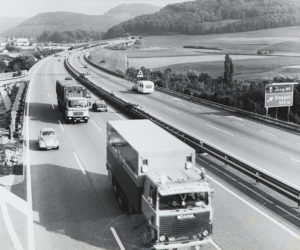
Autobahn near Sissach (Basel-Landschaft), 1960s.
Swiss National Museum / Edith Bader-Rausser

